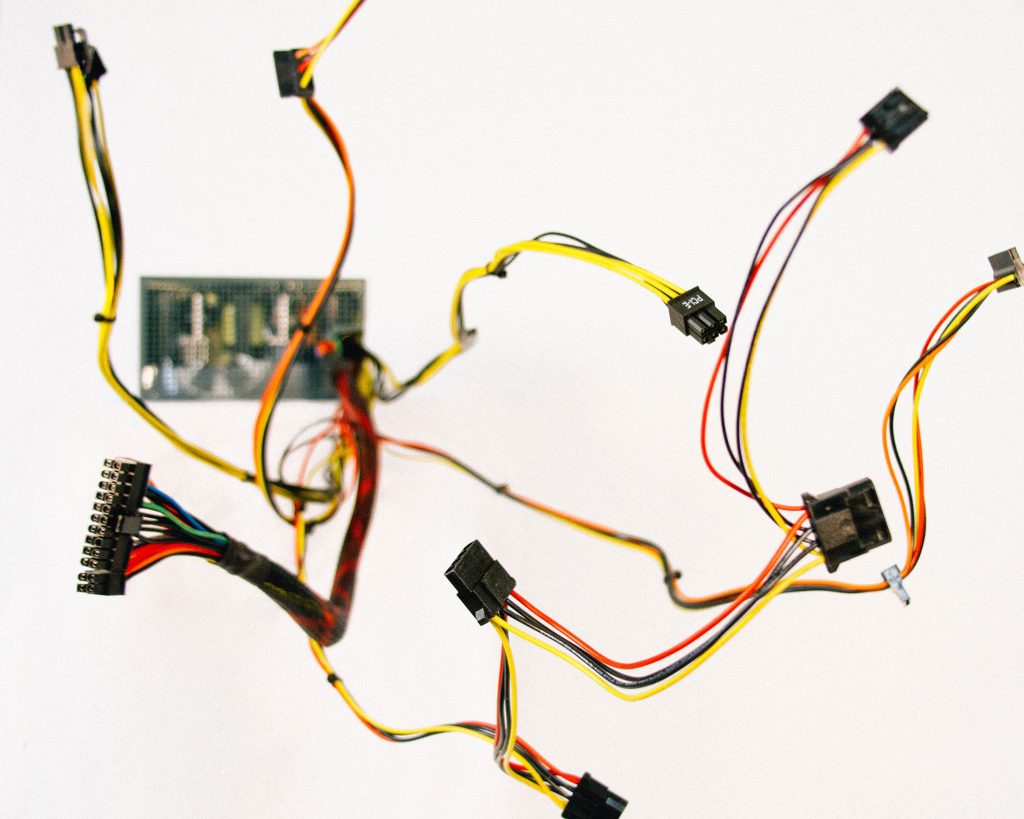

In the realm of industrial machinery, understanding when and why a problem occurs has a profound effect on your bottom line. Remote system monitoring provides a consistent solution to track equipment functioning and collect valuable performance data. When a machine or tool at a factory stops working, remote system maintenance helps manufacturers reduce ownership cost by streamlining maintenance, minimizing downtime and improving productivity.
How do they do this? Very simply, just putting on their smart glasses and –hands-free–opening an app, as if it was in a mobile phone, liberating both hands for a better use than holding a device.
The number of remote service technologies disrupting the maintenance service market has grown exponentially in the past five years. Since Google’s launch of their glasses in 2013 (dropping the project in 2016 and resuming it shortly thereafter), many are the equipment manufacturers and software developers that have created new applications for this technology: Epson, Vuzix, Realware, Iristick…
But, what are the differences between industrial tools and apps, especially developed for a specific service, and more consumer oriented gadgets?
Is smart glass technology here to stay for consumers? Will you want to read the latest edition of TIME magazine on your glasses?
The most important difference is that using a remote maintenance service tool like AR glasses, companies can minimize machine downtime: downtime is an expensive cost of opportunity to manufacturers in terms of revenue loss, which usually turns into loss of customer trust. A remote monitoring solution like Wideum’s RemoteEye is a cost-effective solution to increase equipment reliability, increase productivity, and elevate customer service levels. And what is the outlook for the future? As Google themselves have declared: “We’re not going to prejudge exactly what that path is. We’ll focus on the places that are actually getting value out of that and go through the journey with them, being open-minded about where it’s going to go.”
At Wideum, we can’t predict either what the future killer app will be for wearables such as smart glasses, but what we know is that, besides from the very important fact that having both hands free to use is already a killer app, the use of tools like smart glasses has many advantages: real time view of the customer’s field of vision, hands-free videoconferencing, capturing and editing a frame of the video call, typing and viewing notes images, electrical diagrams and documents that have been sent from support departments permitting help desk to share on-screen information with field engineers. And that is already an awful lot, wouldn’t you agree?